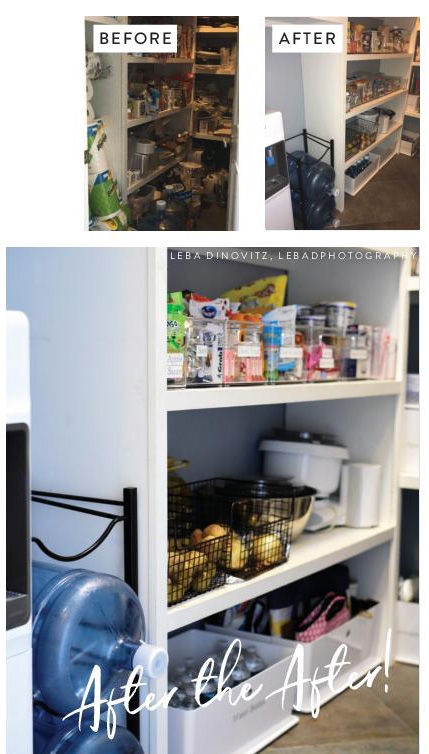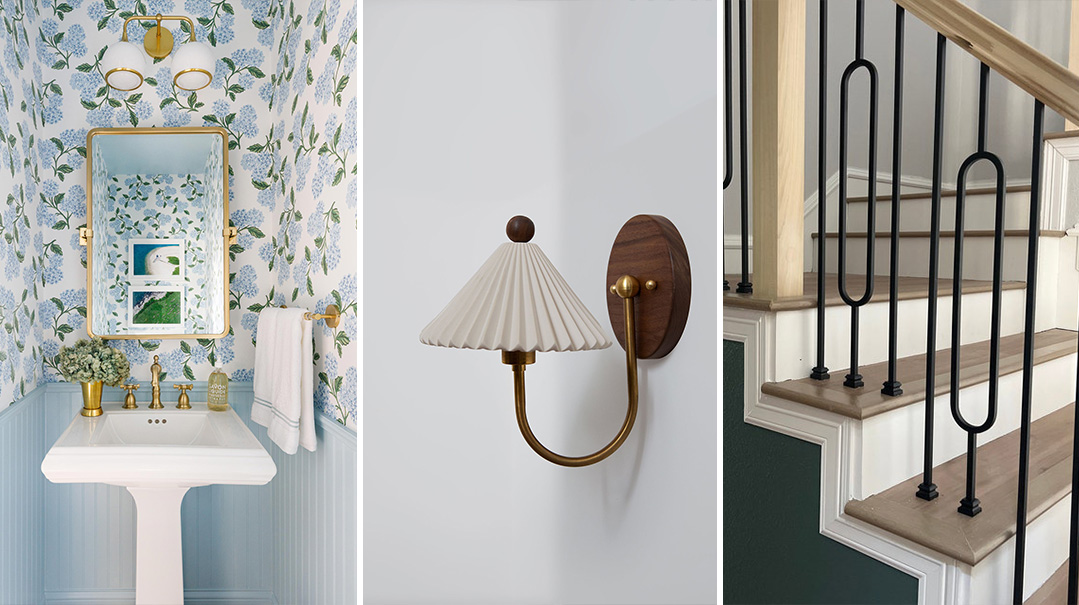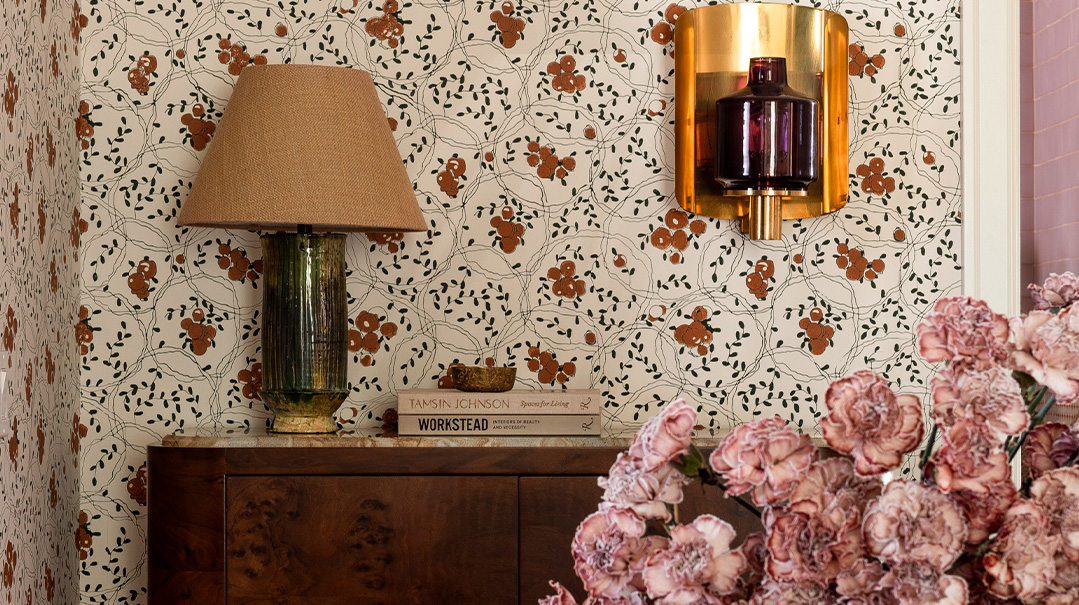Maintain It!
| September 9, 2020There’s nothing more exciting than visiting a client’s house months after we’ve completed organizing, and seeing the space still looking beautiful and organized. But how can you make sure this happens?

W
e love those transformation pictures, but what really happens months after the professionals have worked their magic?
Every organizer loves to talk about perfect containers for each category and item, and the labels that go along with that. This should not be undervalued, since those are often the elements that enable clients to maintain the systems I’ve put in place. As in life, it doesn’t have to be complicated to feel right.
As a home organizer, maintenance is the one underlying theme that is at the forefront of my mind with every project I take on. After all, it’s pointless to create a magazine-worthy space if the results aren’t going to last. Of course, there’s nothing more exciting than visiting a client’s house months after we’ve completed organizing, and seeing the space still looking beautiful and organized. But how can you make sure this happens?
Before
When I visited my client’s home during our initial consultation in September 2019, Racheli* gave me a tour of her beautiful and spacious kitchen. Most women dream of having a large walk-in pantry, but for Racheli, it was becoming a nightmare. The pantry door barely opened because of all the aprons hanging on the back of it, all the plastic bags behind it, and the stepladder with no home. It was hard to walk inside because of the mess of boxes, small appliances, and paper goods on the floor. There were shelves and shelves crammed full of every product imaginable, yet finding what you needed was like playing a game of “Where’s Waldo?”
Mid-process
The first thing we did was empty every last item from the pantry so it could be restored to a blank slate. As we removed the items, we categorized them into sections and sub-sections. It didn’t take long for every surface in the kitchen and dining room to be covered, but the pantry was clean and ready for a fresh start
Then came the sorting. Anything expired was thrown into the garbage. We discovered multiples of the same product, each opened, which is common when there isn’t a system in place. For example, we came across hundreds of patterned napkins, some of which only had one or two left in the package. There were woven baskets and other mishloach manos containers from Purims past. We got rid of snacks that no one in the family enjoyed, platters received as gifts that had never been used, and appliance manuals that could easily be accessed online.
Once we purged the garbage, discarded all excess packaging, and determined which items needed a different home, we were left with items that truly belonged in the pantry. We took measurements of every shelf, mapped out every category, and researched products that would maximize the space and suit our client’s lifestyle and taste.
After
After all the hard work, we made it to the fun part of the process — install day! The pantry was transformed and looked fresh and calming. The floor was finally clear, the door opened completely, and every category of food, plastic goods, and servingware had a designated home. Now the question was: Would it last?
Oops! We could not locate your form.







